Social Media Addictions
Is it just me or do you find yourself watching Youtube Videos right before bed? You know deep down that tomorrow is a long day, your eyes are trying to stay open and your dominant hand is about to drop the device it’s holding … but you can’t seem to take your eyes off the screen. You tell yourself: “It’s 12:54 am, just one more short and I’m off to bed.” then you look at the top of your screen and see 12:57 am. And we both know what you are about to do because no one puts their phone down at 12:57 am when that’s just three minutes away from 1 am so you just keep changing your sleep time. If you have Instagram or Facebook or TikTok the cycle is the same except that you will be telling yourself: “ just one more (video/post) and then I will go to bed”. You keep mindlessly scrolling and it’s now 2 am even if that just felt like 20 min. When this happens to me, I start feeling very guilty because I know that I have so much work to do the next day and I spent time that I could’ve used to sleep watching mindless Youtube. My brain then starts going over the tasks I need to do the next day and I find myself not being able to sleep. This restarts the cycle because my immediate response is to watch one last video so that I can focus on sleep and not think about what I have to do the next day.
Although it is difficult to admit … I recently became more conscious about my addiction to Youtube through my ethics in computer science class. It is actually difficult and upsetting to admit to an addiction. Whenever I thought of the word addiction; alcohol, pills, or smoking came to my head, and since I have avoided all of these, I felt like I had control and was fully “clear” from becoming an addict.
According to the Cambridge dictionary, the word addiction means:
“an inability to stop doing or using something, especially something harmful”
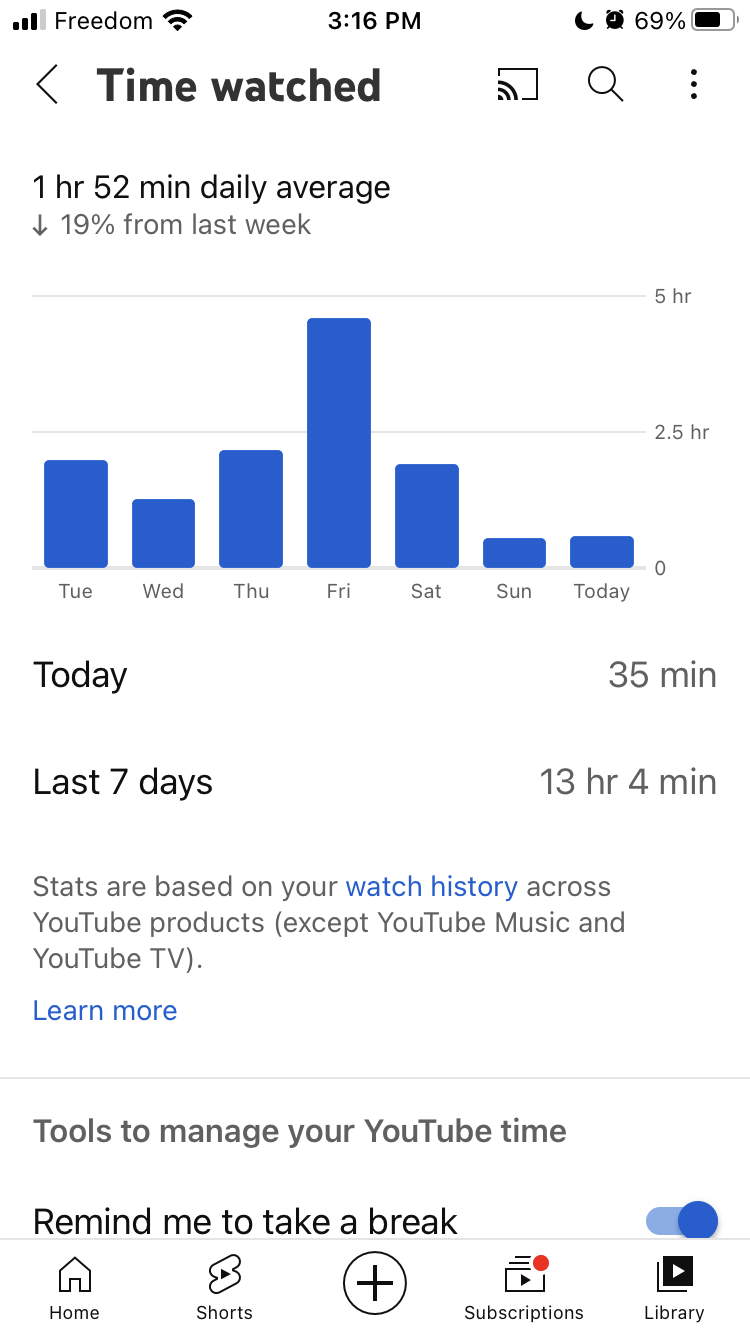
In examining this definition, mindlessly watching Youtube before bed and being unable to put the phone down until I’m on the verge of shutting down, is an evident addiction that harms me because I do not get enough hours of sleep so I feel tired and have a harder time learning the next day. After deeper introspection, I have also realized that watching Youtube helps me put away my stress because when I’m glued to the screen, I do not have to think about my problems or my long mental TO-DO list of all the tasks I need to do the next day. As I reflected on this, my inner critic started telling me that I’m lazy and not disciplined enough and that maybe something was wrong with me.
A simple fix would be to delete the app right? I deleted the app from my phone but then realized that I actually need Youtube to watch educational videos. If you were to see my recent Youtube history (aside from Youtube Shorts → Mindless Youtube) a lot of it is documentaries/videos for my general knowledge or videos related to concepts I’m currently learning for my classes. This meant that the problem was more complex than I imagined and I kept thinking: “ I wish we had Youtube with just the educational content!!!!”
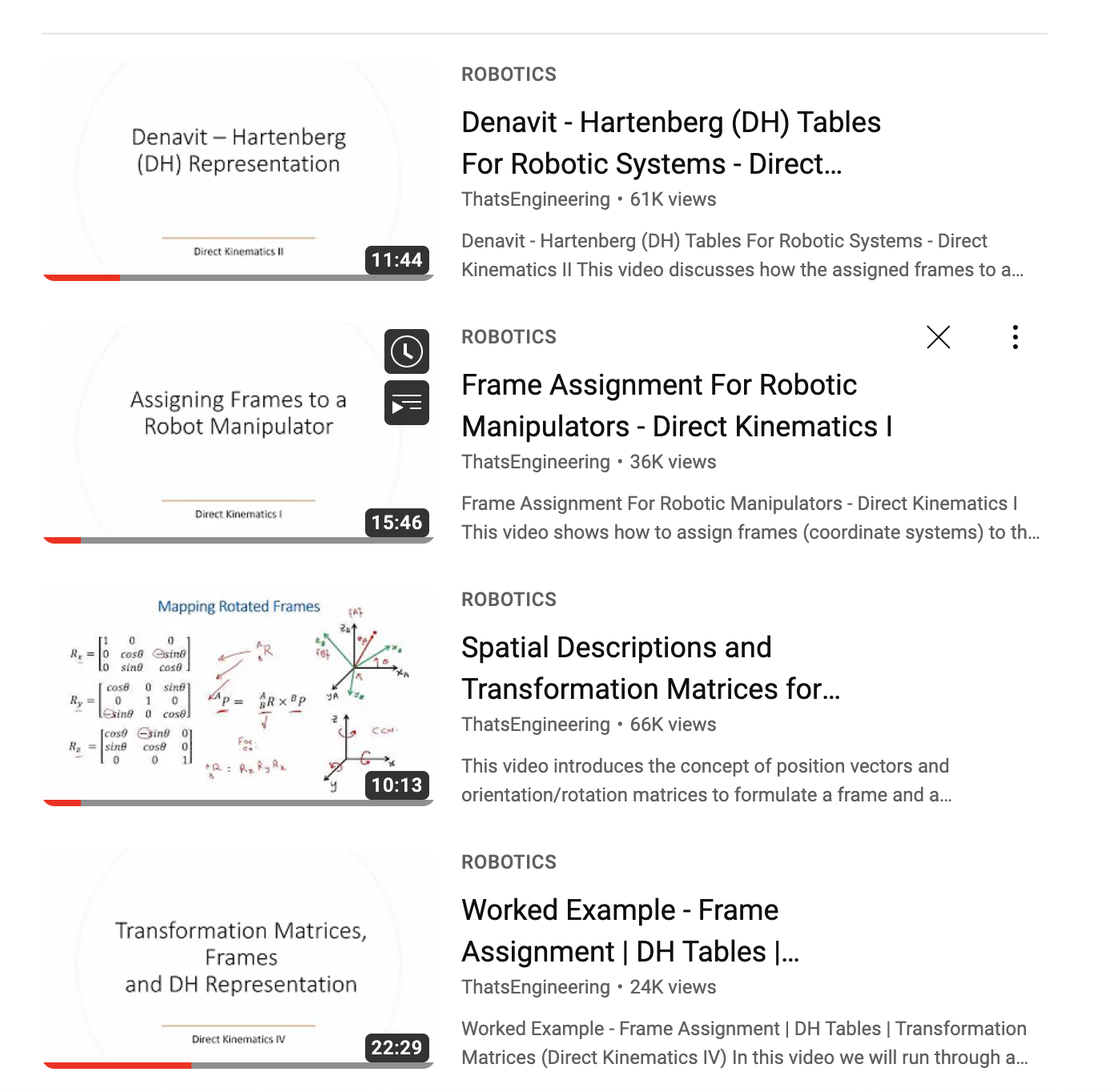
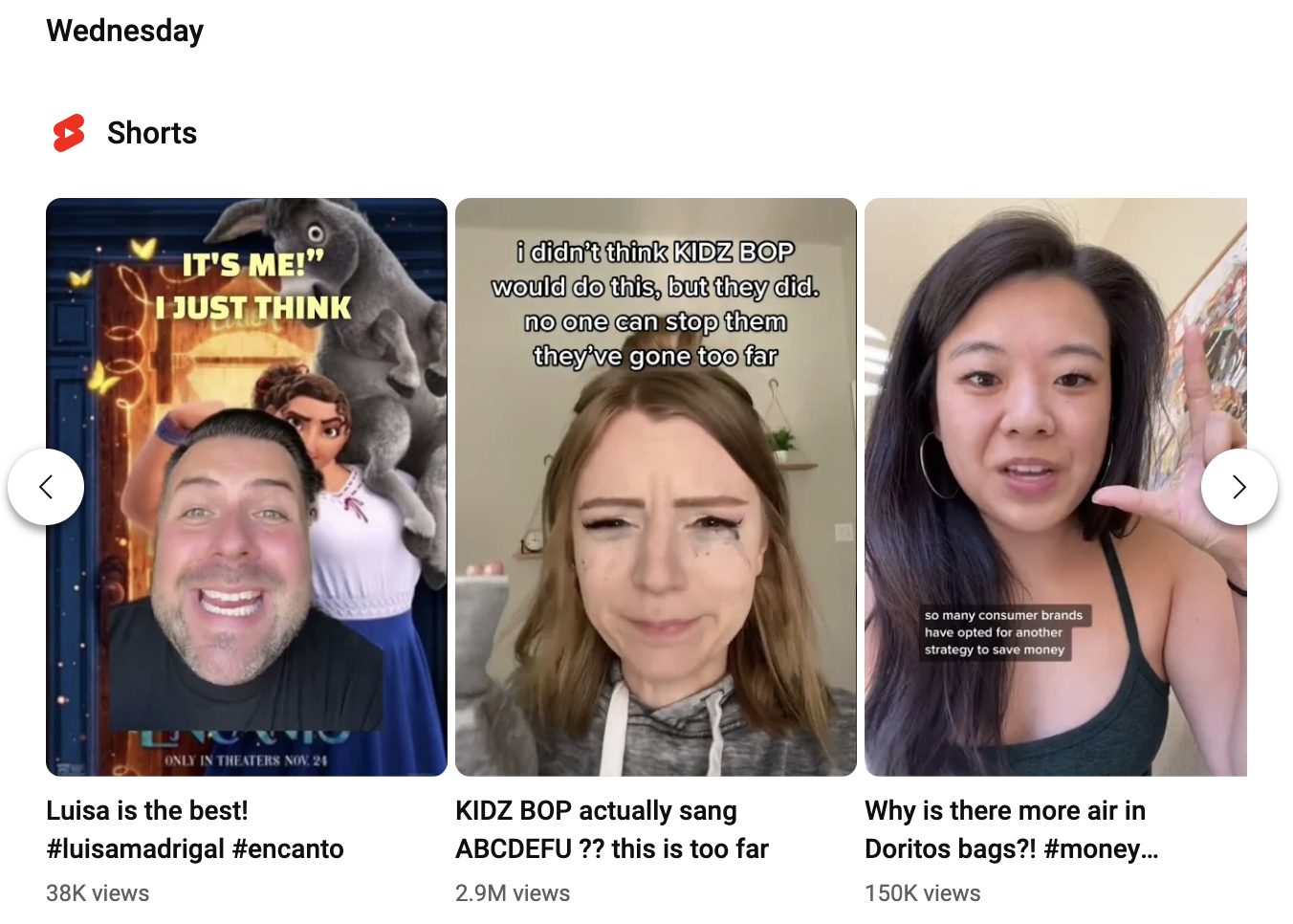
This was a really frustrating situation because it was not as simple as deleting Instagram a few months ago when I found myself in the same boat. At first, I was hesitant to delete my Instagram account because deep down I wanted to let my “friends” know what I was up to and share photos of my drawings, my hikes, or videos of my climbing process. This decision was a bit easier for me to make because I know that there is absolutely no way that I actually have 200 and something friends 😂 and that my actual friends are people that have more appropriate ways to contact me and actually ask me how I’m doing. Now when people I have just met ask me if I have Instagram, I share my Discord or LinkedIn or neither depending on the situation. On the other hand, it becomes more difficult to delete my Youtube account because I am a very visual learner and videos really help me understand concepts better than reading about the concept.
This problem actually helped me realize that there are more layers to social media addiction than I thought because these platforms are made to be addictive. It is their priority to maximize a user’s watch time and exposure to ads. Personally, I think it is unproductive to just blame Youtube for this addiction and continue to mindlessly scroll. Instead, I have decided to become more aware of how these popular social media apps try to keep us engaged so that I can make more mindful and educated decisions moving forward.
My Quest For Understanding
Since I began writing this post I started reading a few papers, and watching more videos on social media addictions so that I could deepen my understanding of this complex problem. As I read two papers on how app design affects how we behave with social media platforms, I encountered a very interesting parallel to my personal experience. While one paper called it the “habit loop“ routine, the other paper called it the “Hook Model”. This concept is essentially a circular 4-phase feedback loop that increases user engagement. This loop consists of a Trigger, Actions, Investment, and Variable rewards phase.
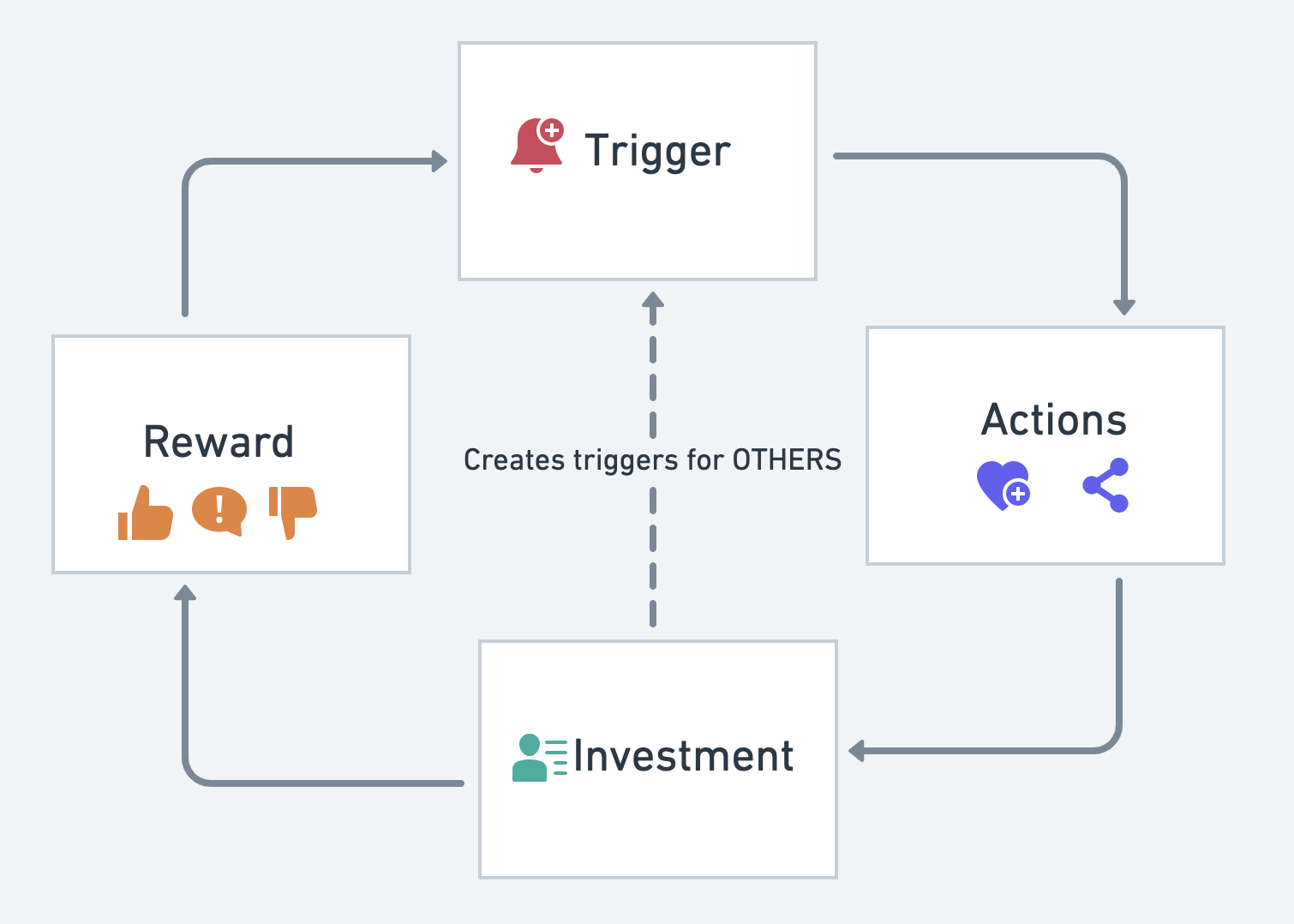
During the trigger phase, we are drawn to the app through push notifications. This is where apps are leveraging your social desire for connection so that you use the app more by creating a fake sense of connection. This is done by notifying you of what your friends are up to in the app or when a Youtuber you are subscribed to posts new content. During the action phase, users are nudged to interact with the app. In the case of Youtube, the app will show you gif previews of videos so that you watch a video. During the investment phase, you have already interacted with the app and feel invested enough not to leave the app just yet. This is similar to when you just finished watching a Youtube video but there are 2 more minutes until the time is a “nice” number to stop watching and autoplay just started one of your recommended videos. In most cases, you already feel invested and watch the video, despite feeling really tired. This phase is pretty dangerous because your engagement in the app actually creates triggers for other users. For instance, when you share a post, your friends will probably get a notification especially if you have not posted in a while. During the variable reward phase, you are continuously rewarded with new content to view, comment, share, or like which then just restarts the cycle. This reward can be positive or negative. In fact, during an interview with Jaron Lanier who is considered one of the founders of VR, he mentions that these platforms generate a “stealthy addiction, getting the broad population hooked through a scheme of rewards and punishment.” In order to psychologically manipulate you, social media apps are designed to “tailor to the person, being observed constantly, looking for patterns to change your behavior.” according to Lanier.
Dark Patterns
Now that I have a deeper sense of the bigger picture in terms of the addictive cycle I have exposed myself to, I wanted to take a deeper look at what really makes youtube addictive. As I read the paper Are You Still Watching? Exploring unintended User Behaviours and Dark Patterns on Video Streaming Platforms I was introduced to the concept of dark patterns in social media through the presence of manipulative and deceptive design patterns that push users to behave in ways they would not otherwise. The researchers in this study mentioned that fear of missing out, loneliness while relaxing, and habit formation are factors that cause general addiction. These factors really resonate with me because I recently started watching more Youtube when I started feeling lonely, feel overwhelmed with work, and when I wanted to wind down before bed. I also found it interesting to read that 90% of the users in the study confessed that they often exceeded their watch times. As I saw the diagram that showed the statistical correlation between factors for binge-watching, I realized that many people in my age group are in the same boat and it really gave me more perspective on how invasive these video streaming platforms can be in our lives.
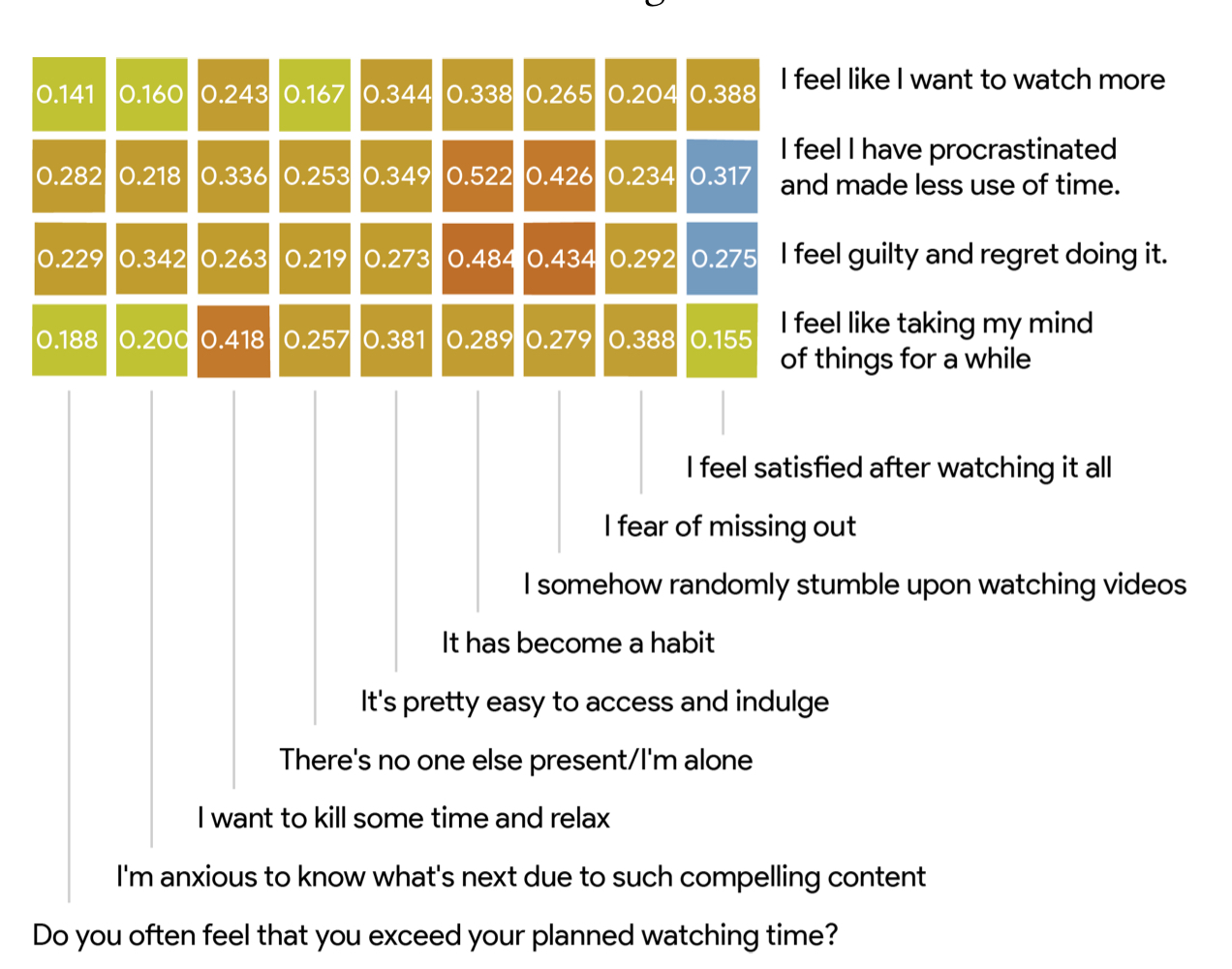
This study also analyzed the features that make video streaming platforms addictive through Autoplay, Search, Watch later, and Recommendations, and this helped me deconstruct Youtube through these features:
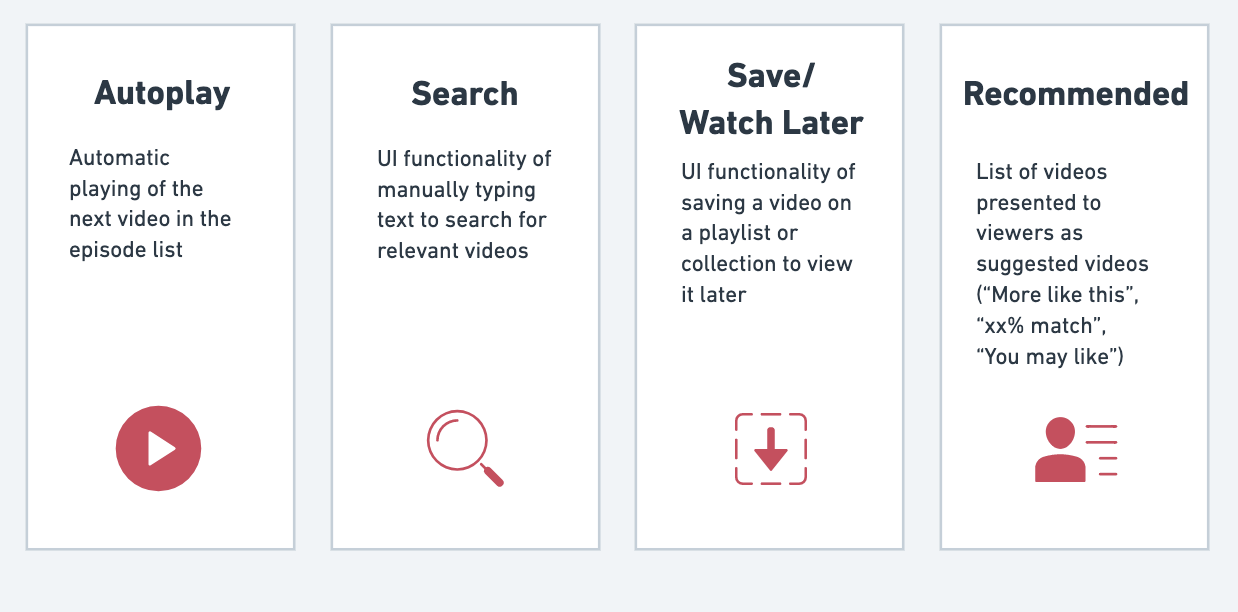
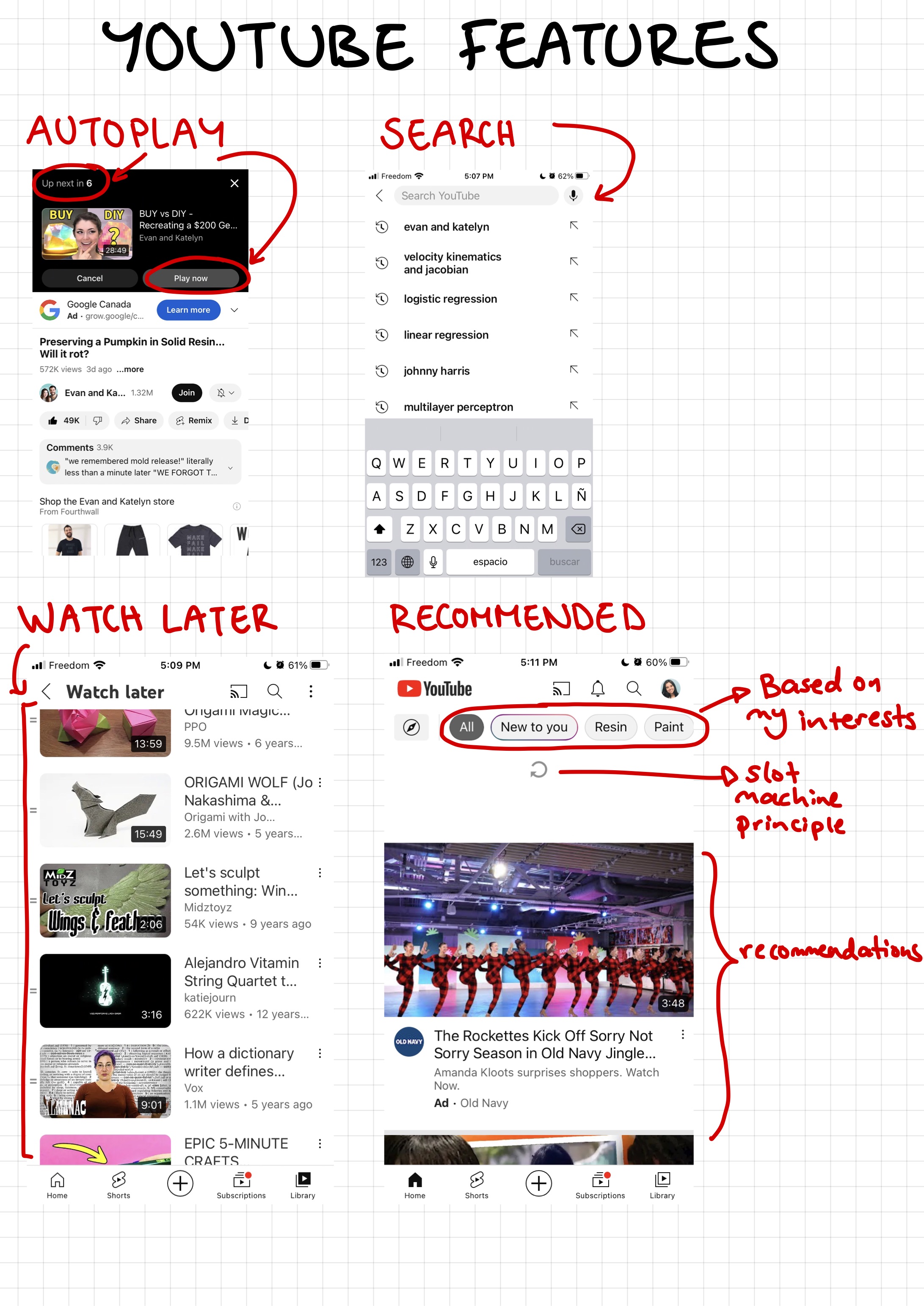
As I looked for these features on Youtube, I realized that the most addicting feature for me was the autoplay feature because it increases my feeling of investment in the app. One of the participants in the study actually had similar experiences with Autoplay where they felt like: “5 seconds left on Autoplay and then you’re like never mind, it has started already. I can’t stop it because once the content starts and I’m about to cancel or exit, it feels like you are leaving midway. There’s this strange feeling of missing out on something. It’s only later when you realize that I had no reason to complete the video, maybe other than to watch how the story ends.” I also found that I had not seen my watch later section in months until I did the exercise to look for these features. It’s very interesting to me because the study concluded that the Save/Watch later feature induced the least compulsiveness out of all the features and 100% of participants were satisfied with the videos they had saved, yet Youtube makes these features less accessible compared to the other features. When I was looking for the recommended feature I thought that it was going to be more transparent on Youtube since I had been able to spot it on Netflix.

In the case of Youtube, the recommendations are hinted at the top with bubbles of what topics the algorithm suspects that you are interested in. This brought me back to Jaron Lanier’s interview where he mentioned that behaviour techniques are often invisible to the person that is being manipulated and that the data is fed into an engine that compares you to other people who share similar traits. This means that my recommendations are designed to maximize my engagement so that I won’t stop watching as I’m being observed and a multitude of people who are similar to me are also being observed. I was also shocked to realize how psychologically mechanical it becomes to scroll down at the top of the screen to get new recommendations, which reminded me of the Vox documentary I watched a few days ago (It’s not you. Phones are designed to be addicting.) In the mini-documentary, Tristan Harris who used to work as Google’s design ethicist mentions that many social media apps are replicating the slot machine principle through their “pull to refresh“ structure. This design pattern you an addictive illusion of control over the process of updating content and since we have so many options that you never really feel fully satisfied, so you keep scrolling or pulling to refresh in order to find a better piece of content.
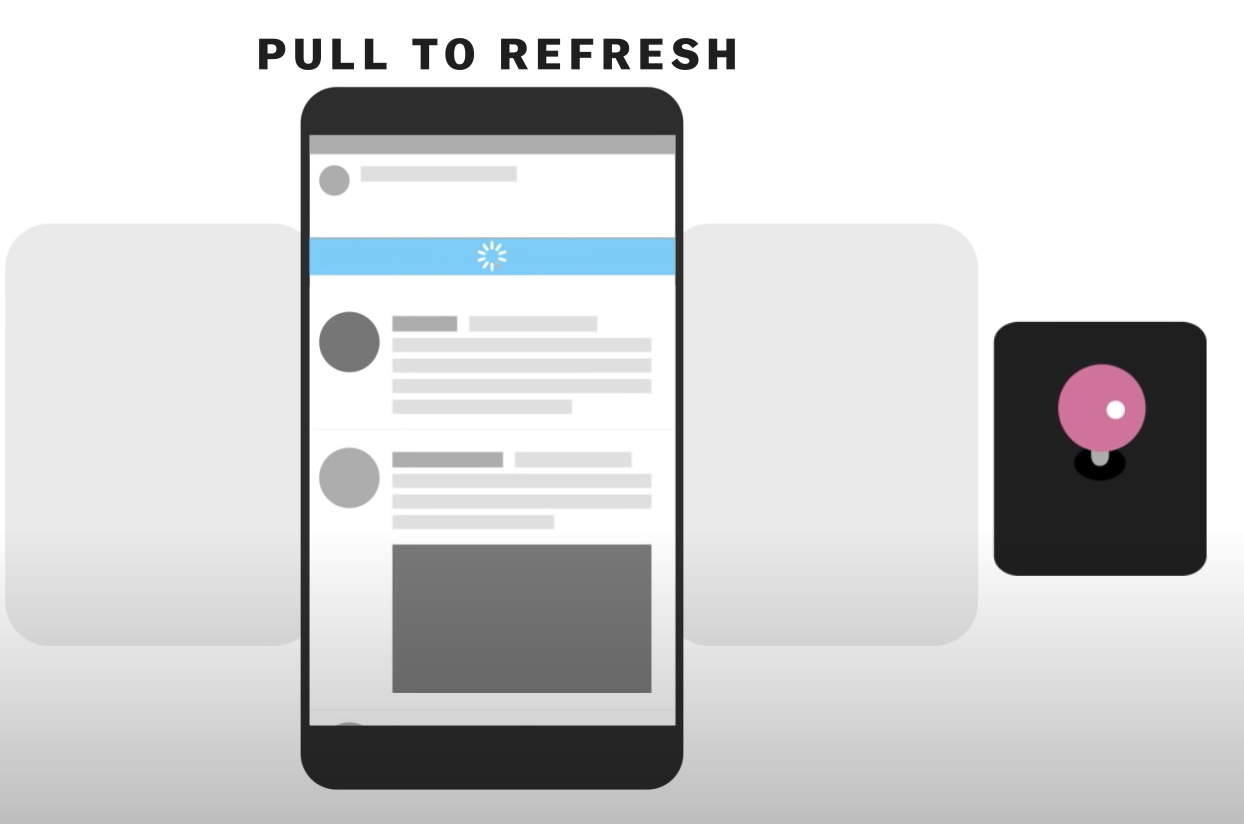
It Gets Worse ♟️
There are actually more design patterns like feature fog, extreme countdown, switch off delay, attention quicksand and bias grind, that video streaming platforms use to keep us railed in.
Feature fog:
Patterns so that the user is less able to get feedback on time spent engaged in a viewing session.
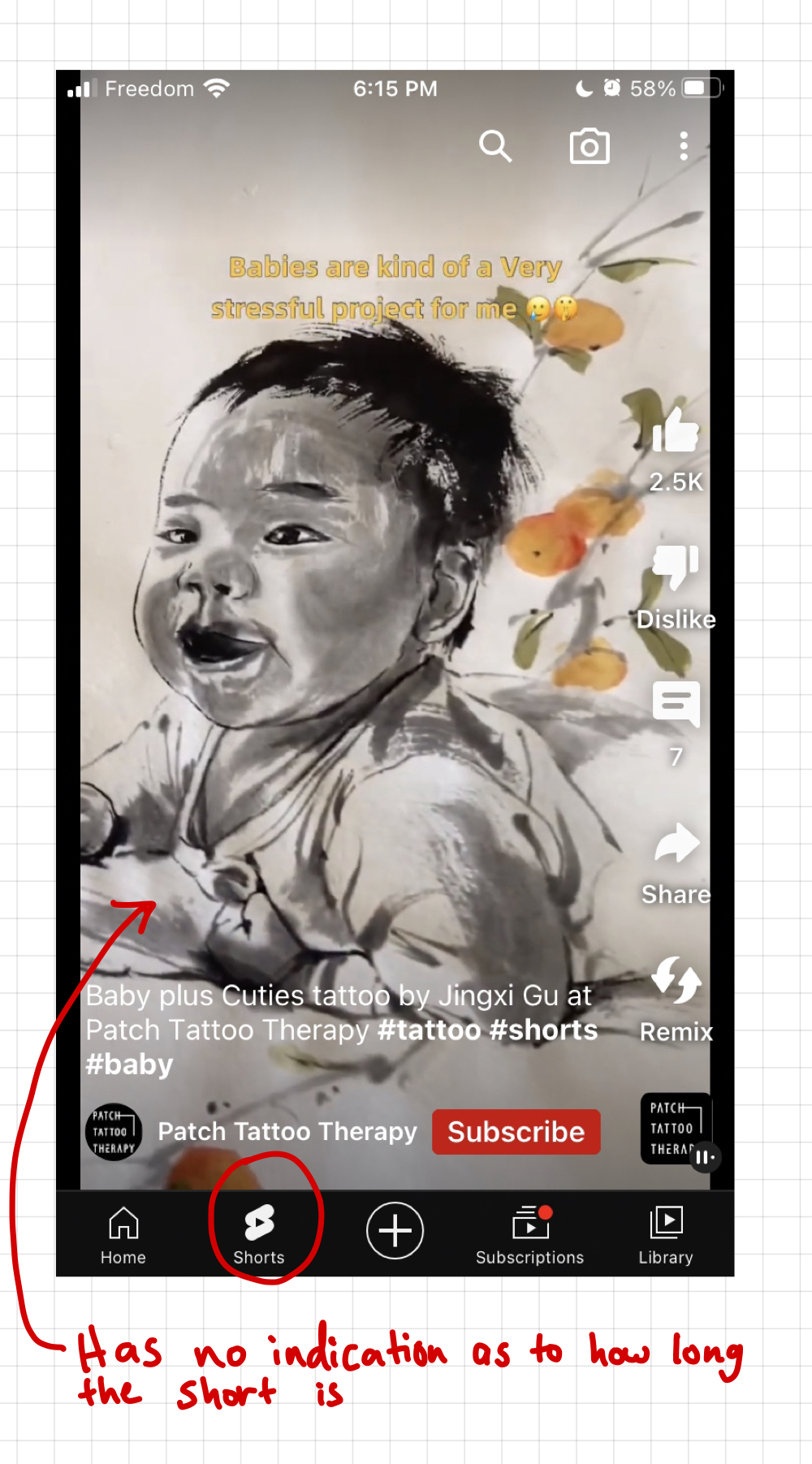
Extreme countdown:
UI patterns that have timers and execute automatically if not interrupted within a short period of time.
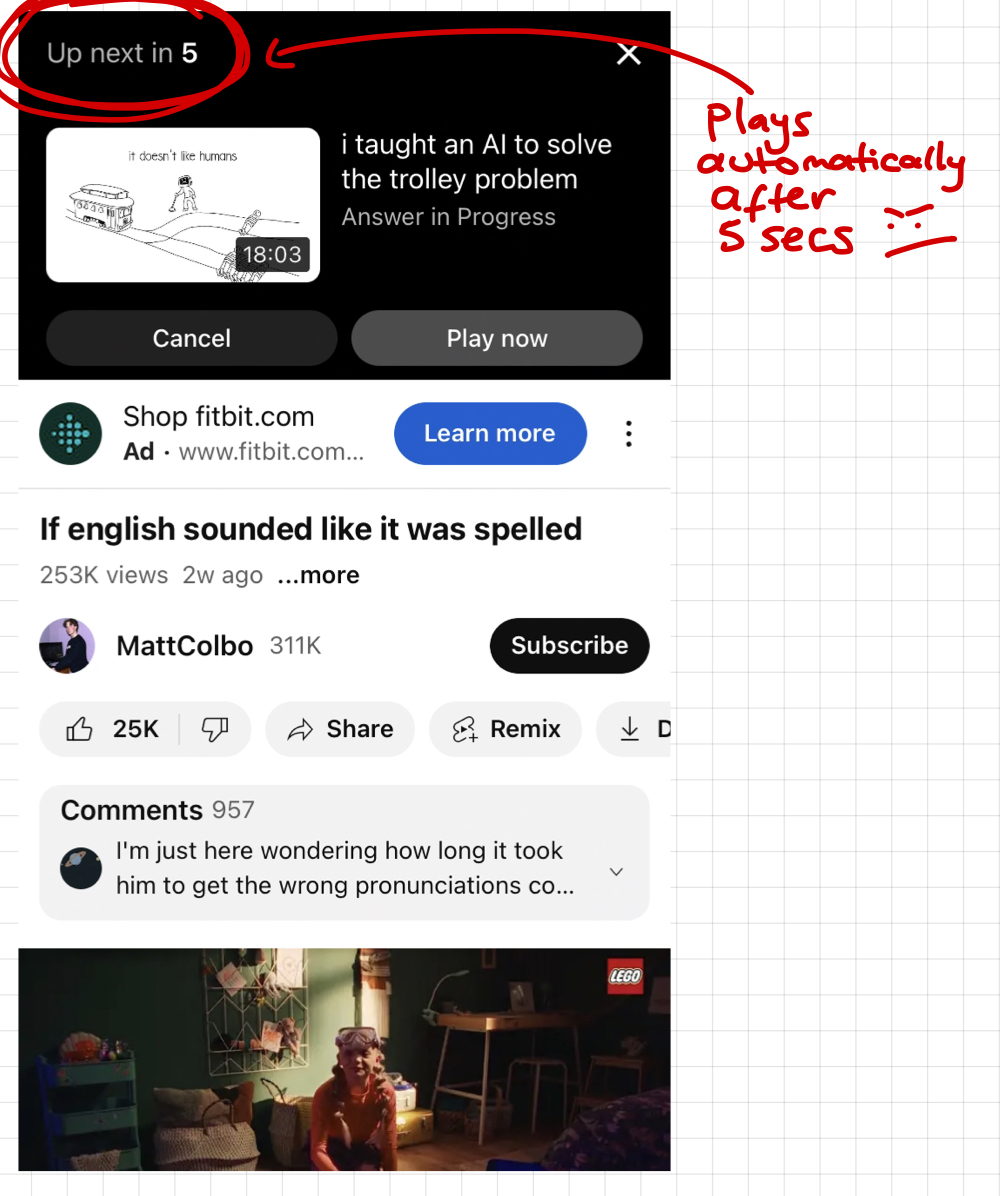
Switch off delay:
UI patterns that promote strategies of hiding restrictive usage features in the default UI.
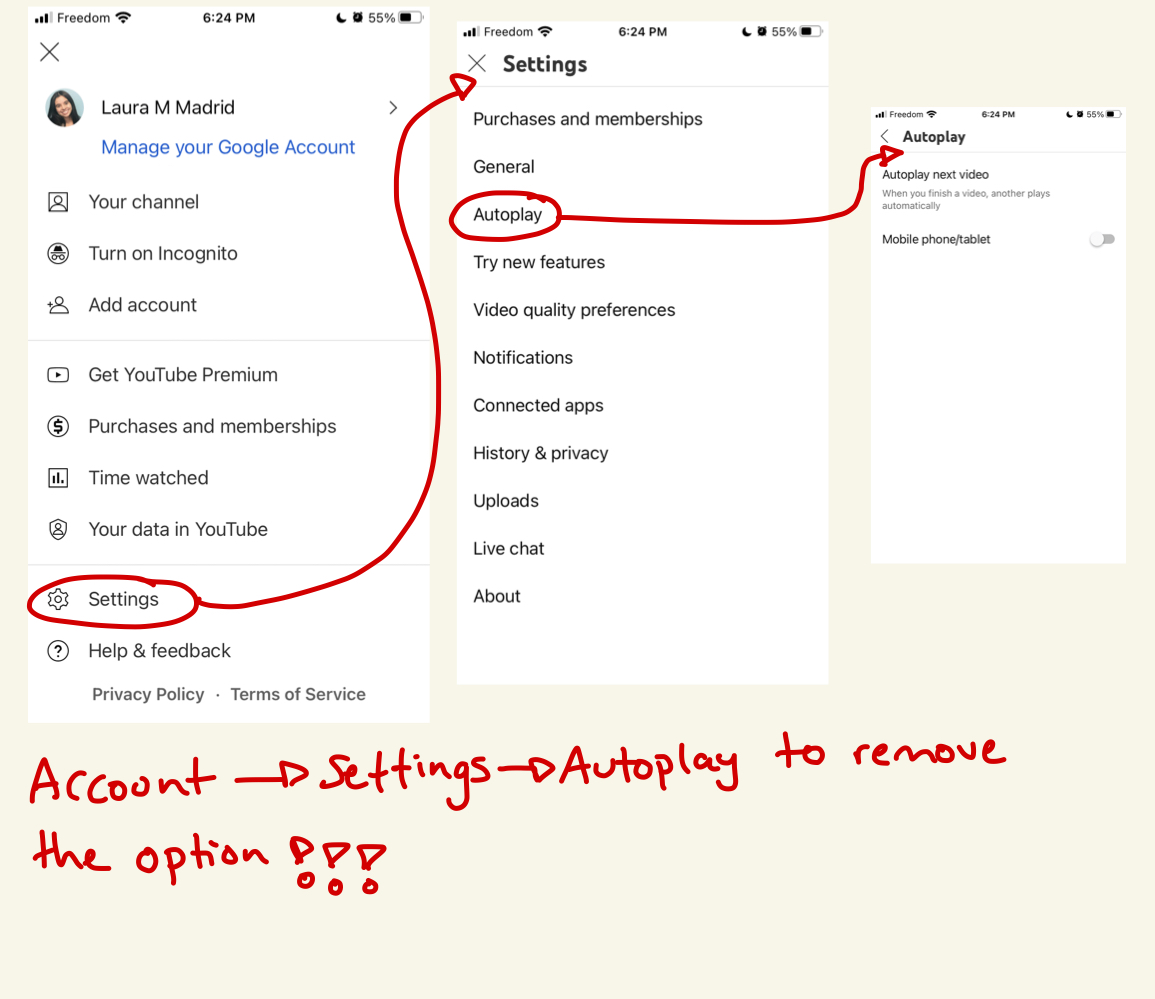
Attention quicksand:
Patterns that start without a conscious user action which often pulls users in before they realize they've engaged.
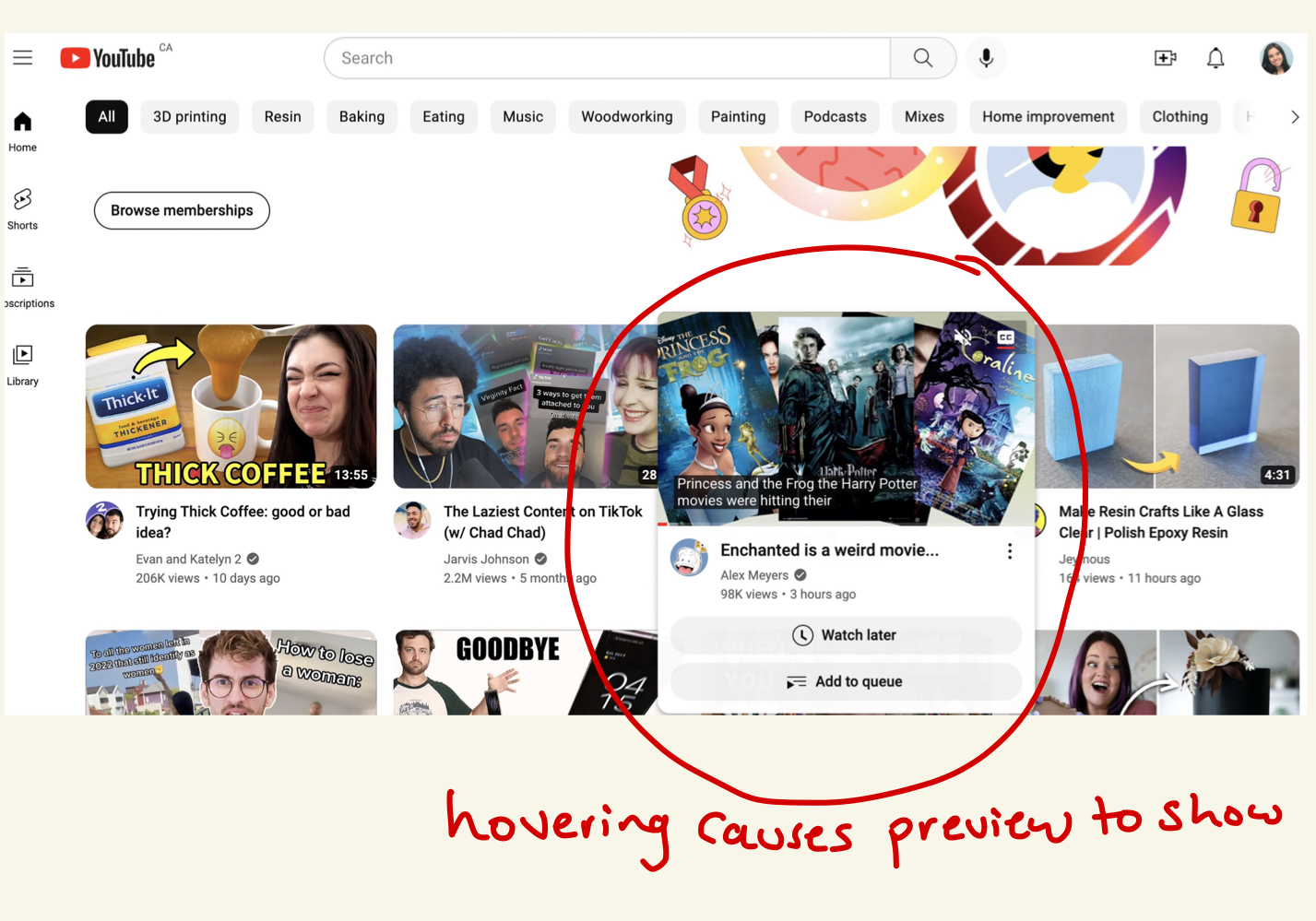
Bias grind:
UI patterns that disproportionately overload user interests and biases

As I read more about patterns and also attempted to find them on Youtube, I became more conscious about how the platform is not the product. “It’s the gradual, slight, imperceptible change in your own behaviour and perception that is the product.” as mentioned in the Social Dilemma documentary. Social media platforms are mainly concerned with engagement, growth and revenue. We are pawns that allows allow social media apps to reach these goals by lettings them turn us into zombies that eat ads instead of brains. This whole quest really gave me perspective on how much power we give these companies and how this issue is creating a more fragile, depressed generation. It’s as the Social Dilemma documentary put it: “we are training and conditioning a whole generation of people that when we are uncomfortable, or lonely or uncertain or afraid we have a digital pacifier for ourselves” and I couldn’t agree more. I am well aware that I have used that digital pacifier myself and I see this phenomenon more and more. It’s becoming harder to socialize and have real heart to heart connections with people because we build facades and hide under social media profiles.
Let’s Make Things Better!!!
Although there is a lot of harm in social media, there are also some great features that we can use to limit our usage and create healthier habits around it. As a computer scientist I love technology and have the deep belief that it can be part of our lives in a healthy moderate way. In becoming more conscious about the addictive patterns in social media, I found a few ways to reduce my unhealthy consumption. Lately, I have been trying to check the Time Watched feature on Youtube so that I’m aware of my consumption. I also enabled the nudge break feature which is a notification that pops up on Youtube every 15 minutes to remind me to take a break. I have definitely avoided the nudge but it’s making me more conscious about how long i’m spending on the app and I have actually spent less on the app compared to 2 weeks ago!
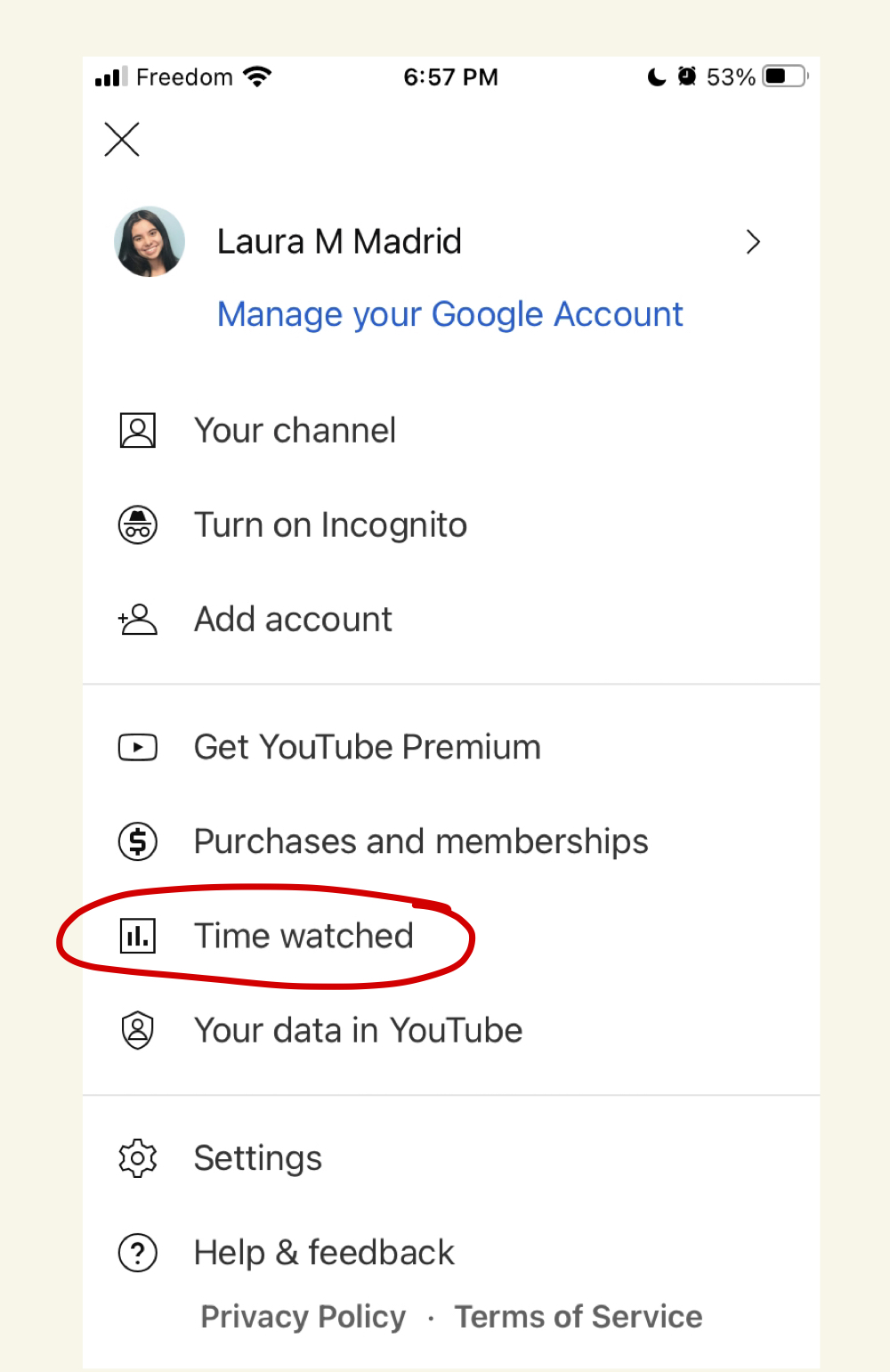
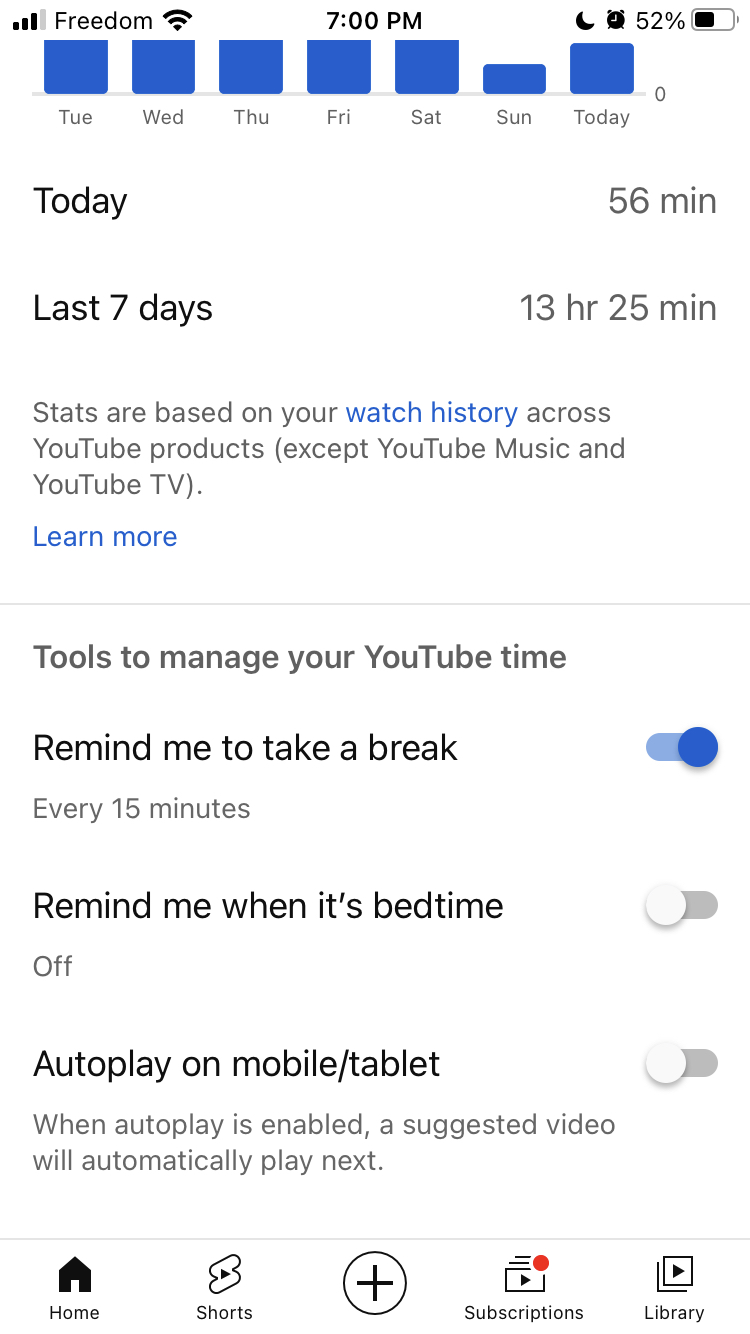
I also found an app called ClearSpace and they connect to the apps through the IOS shortcuts so that when the app you want to avoid is opened, ClearSpace tells you to take a break first and asks you if you really want to open the app. The app is great because you feel that accessing an app is actually a conscious decision and you are not just being summoned by the app’s trigger phase. ClearSpace also keeps track of how many times you have tried to access the app and this is great to see because it makes you aware of the unconscious manual behaviours that have become a habit.
If you are not really into ClearSpace because you do not want another company to keep track of your data, some researchers from the University of Neuchâtel made a study on mindfully scrolling and found that nudges should be:
- Transparent
- Easily avoidable
- Designed with the well being of the user in mind
Then they created their own nudge using IOS shortcuts that constantly reminds you how long you have been spending on the social media app that you want to avoid and found that the time their participants spent on Instagram decreased by over 20.58% as they used the nudge.
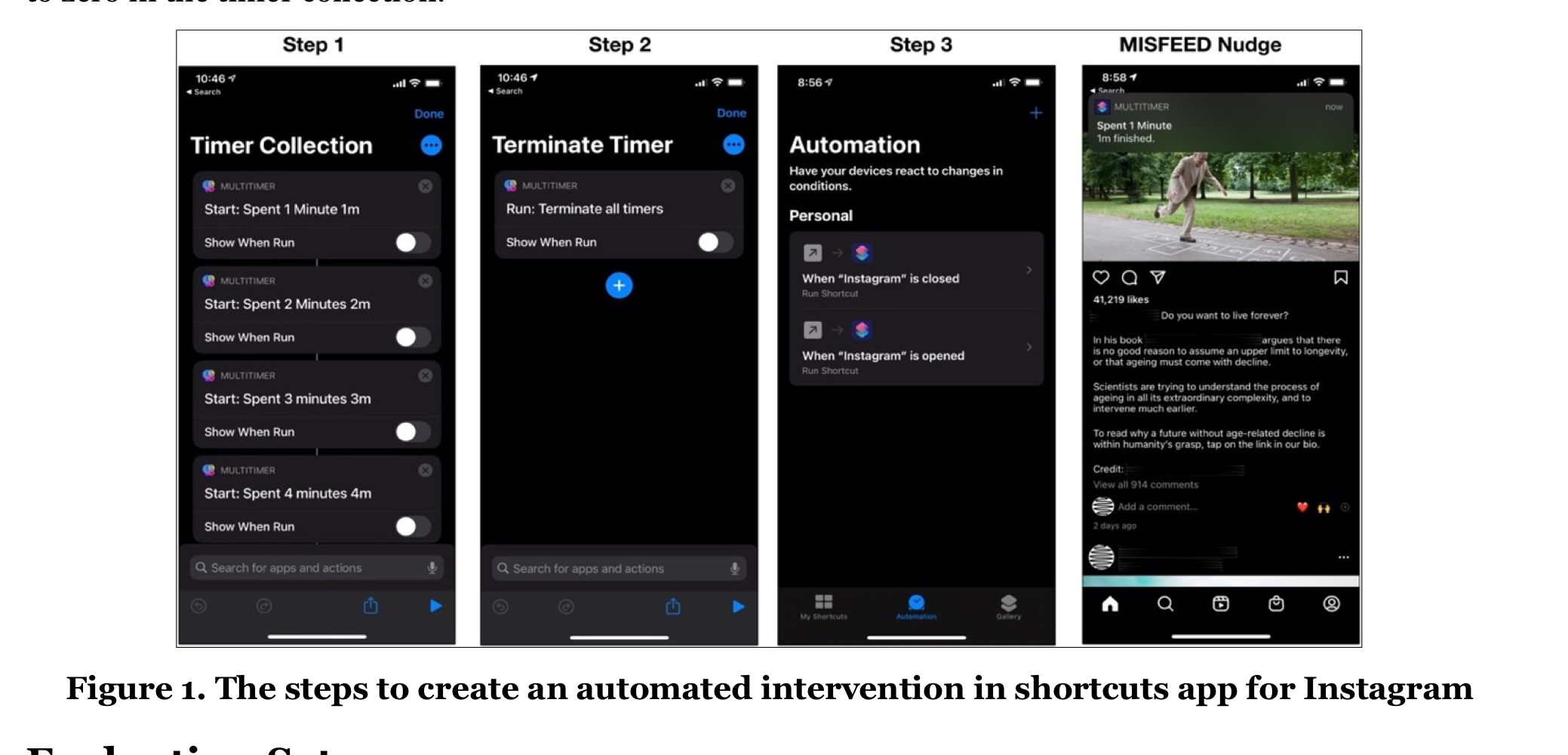
Finally if you want to upgrade your phone to be more present with the people around you, I think that the tips that the Vox documentary (It’s not you. Phones are designed to be addicting) presents are key:
- Turn off non-human notifications
- Grayscale your screen:
- We are attracted to warm, bright colors, and apps have changed their logos to induce this behavior.
- This is why notifications are red!
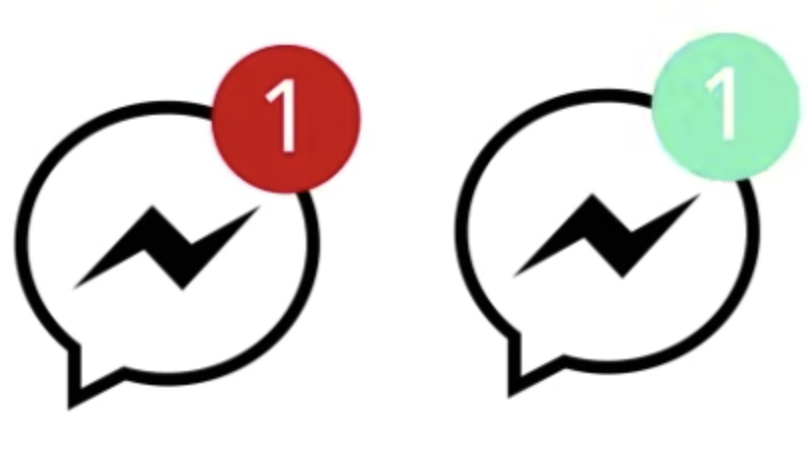
- Restrict Home Screen to everyday tools:
- Your Home Screen should have in-the-moment tools that help you live your life instead of apps that drag you into a rabbit hole.
Now that I’m more aware of the issue and have educated myself of the tools I have to improve, I feel more at ease and plan to keep reducing my Youtube intake each week. This whole experience gave me the opportunity to think more about what is really worth my attention on an interruptive basis and how much power I should give outside sources to control my life and my behaviours. I hope that the reader of this piece gets the opportunity to reflect as well on what really is important to them.
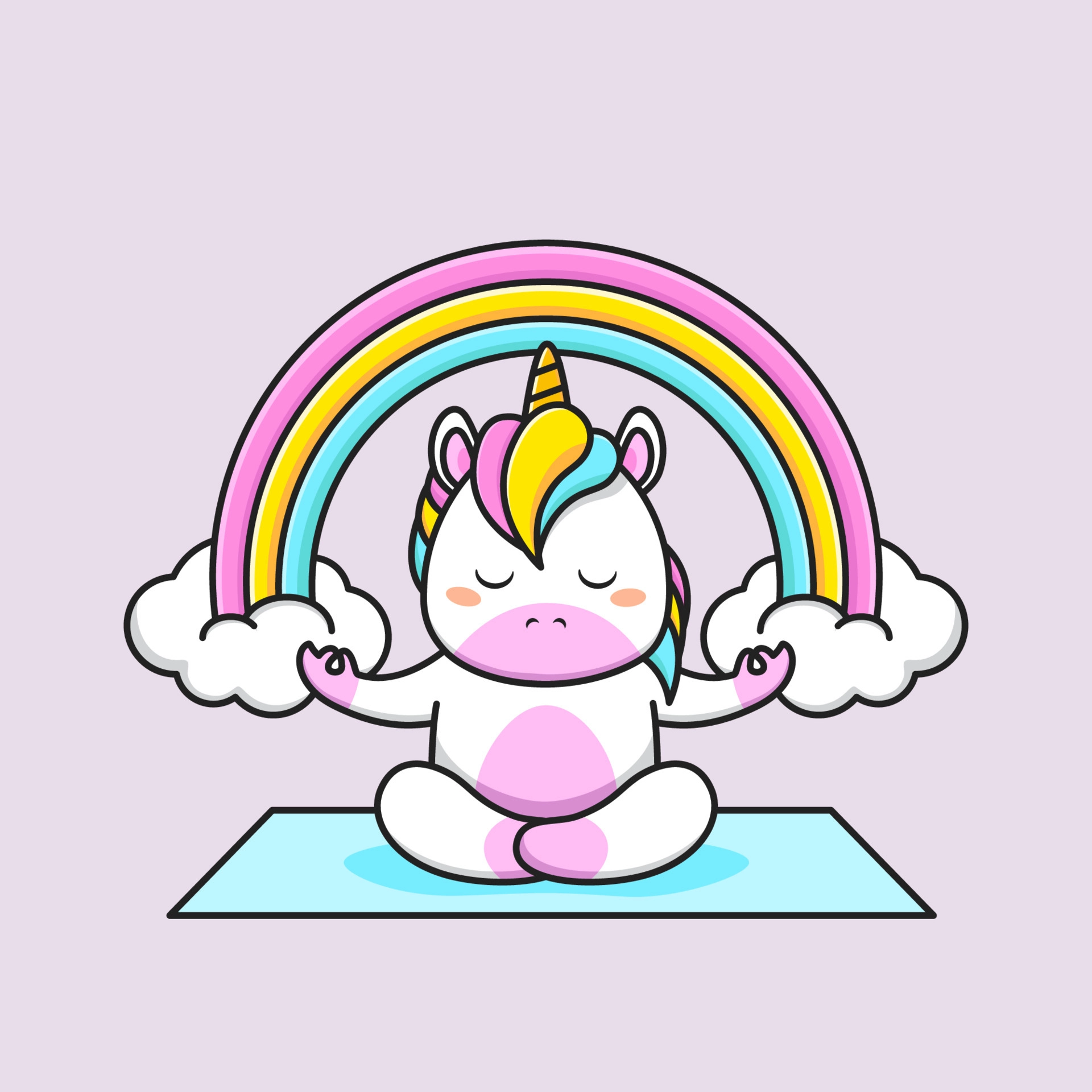
Resources:
Articles, Papers, Studies
-
“Are You Still Watching?”: Exploring Unintended User Behaviors and Dark Patterns on Video Streaming Platforms Read the full article
-
Unhooked by Design: Scrolling Mindfully on Social Media by Automating Digital Nudges Read the full paper
-
Social Network Addiction Symptoms and Body Dissatisfaction in Young Women: Exploring the mediating role of awareness of appearance pressure and internalization of the thin ideal Read the study
Documentaries
-
Vox Documentary: It’s not you. Phones are designed to be addicting Watch here
-
Netflix Documentary: The Social Dilemma Watch here
Interviews
- Jaron Lanier Interview: How social media ruins your life Watch here
Enjoy Reading This Article?
Here are some more articles you might like to read next: